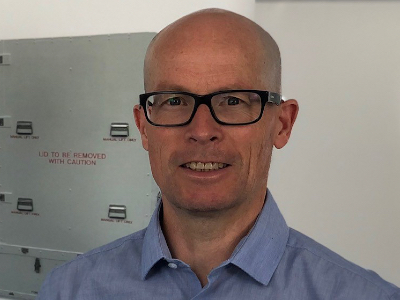Tackling challenging design briefs in complex sectors: Interview with Andy Harrison

What excites you about a new design challenge?
Being involved in the space sector, B&D is increasingly approached by new clients with new protective packaging requirements for flight hardware. Not only do these new projects create interest around the contents we’re being asked to protect and the space missions that these are part of, but we’re also being challenged by new customer requirements that push the B&D capability. At B&D we are proud to deliver sustainable and robust packaging for the safe transport of highly sensitive space equipment.
What has been one of the biggest design challenges you have faced to date?
The challenge often revolves around scale, whether it's dealing with numerous components or large-sized items. When presented with a new brief, we must always carefully consider how to approach the project and our design process has been tried, tested and refined over the years. We embrace new challenges as they arise, recognising them as opportunities for growth. With our in-house expertise and skills, supplemented by support from suppliers when necessary, we are well-equipped to tackle these projects head-on.
What project have you been most proud to be involved with?
The SuperNEMO experiment by University College London’s Mullard Space Science Laboratory (MSSL) was an international collaboration to search for very rare and special nuclear decays which, if observed, would have huge implications for physics and cosmology.
Construction, assembly and transportation of the instrument had to be carried out in a carefully controlled and clean environment to avoid any contamination. The instrument was a one-off design and had taken many years to develop, therefore absolute confidence was required for the protective transit solution to ensure the mission was a success.
We built two highly bespoke DELTA containers with wire rope shock mounted frames to transport the detector instrument, from a clean room in the UK to its destination, 10 miles underneath the French Alps. The vibration damping frame was required to be continually purged with dry air throughout the journey, and the attached sensors monitored humidity, pressure and temperature while bagged within the DELTA container.
The sheer complexity of the requirement combined with the project purpose made it a milestone project to be involved with.